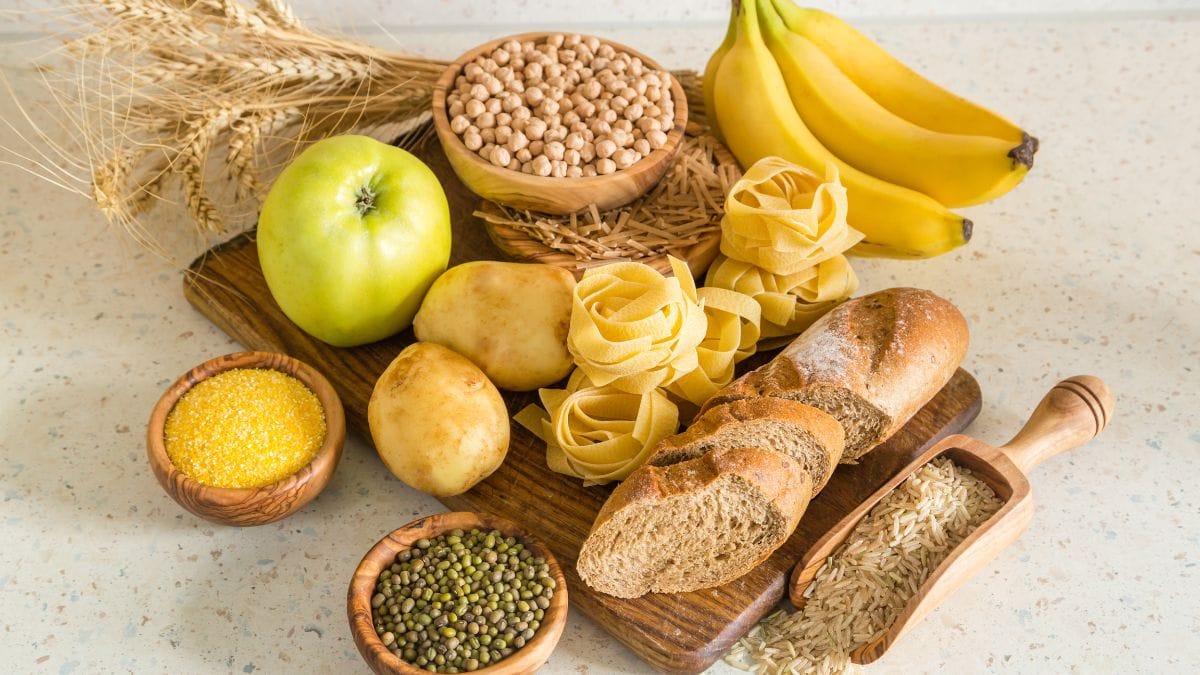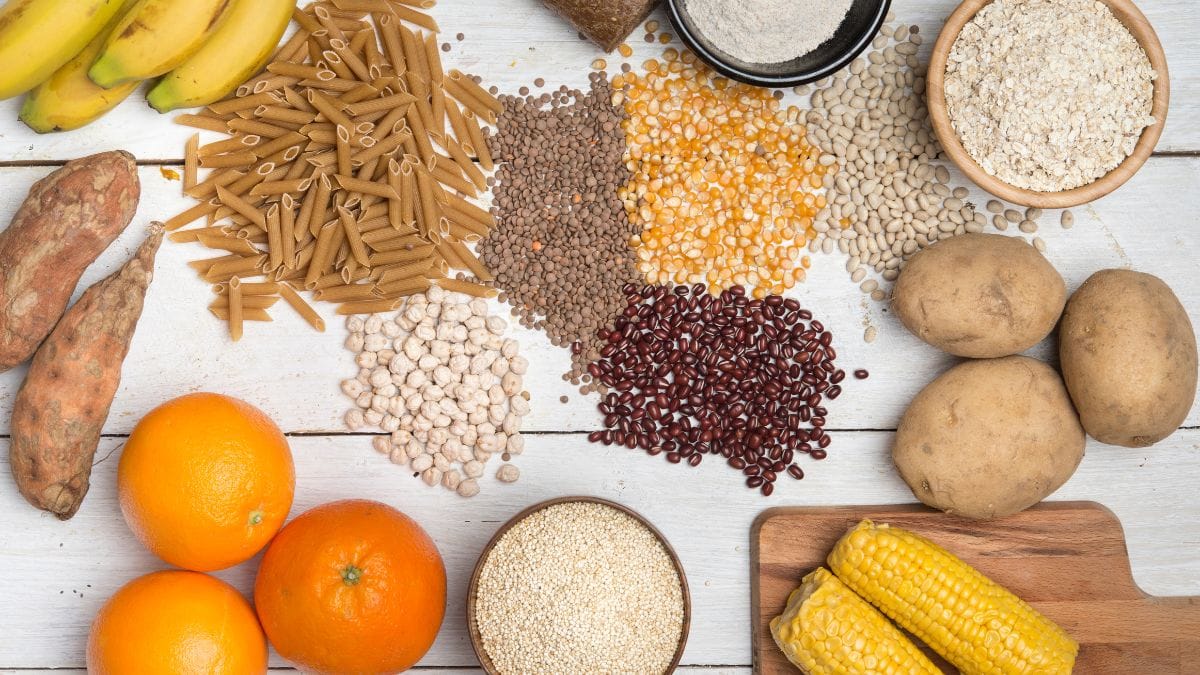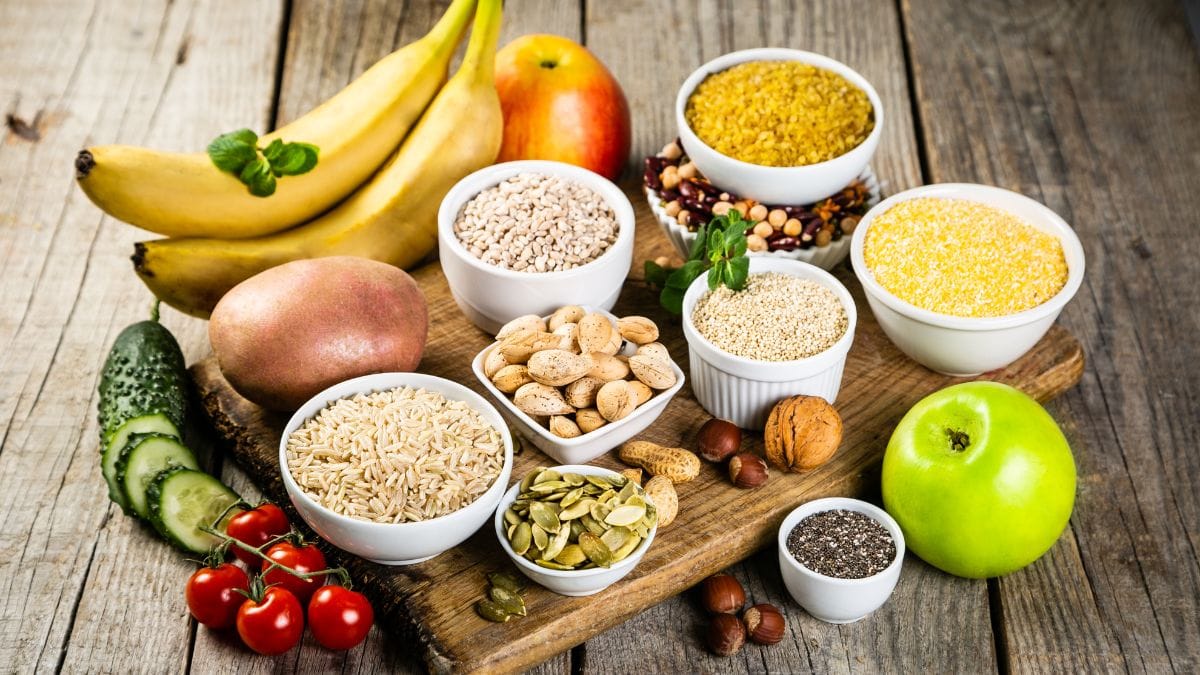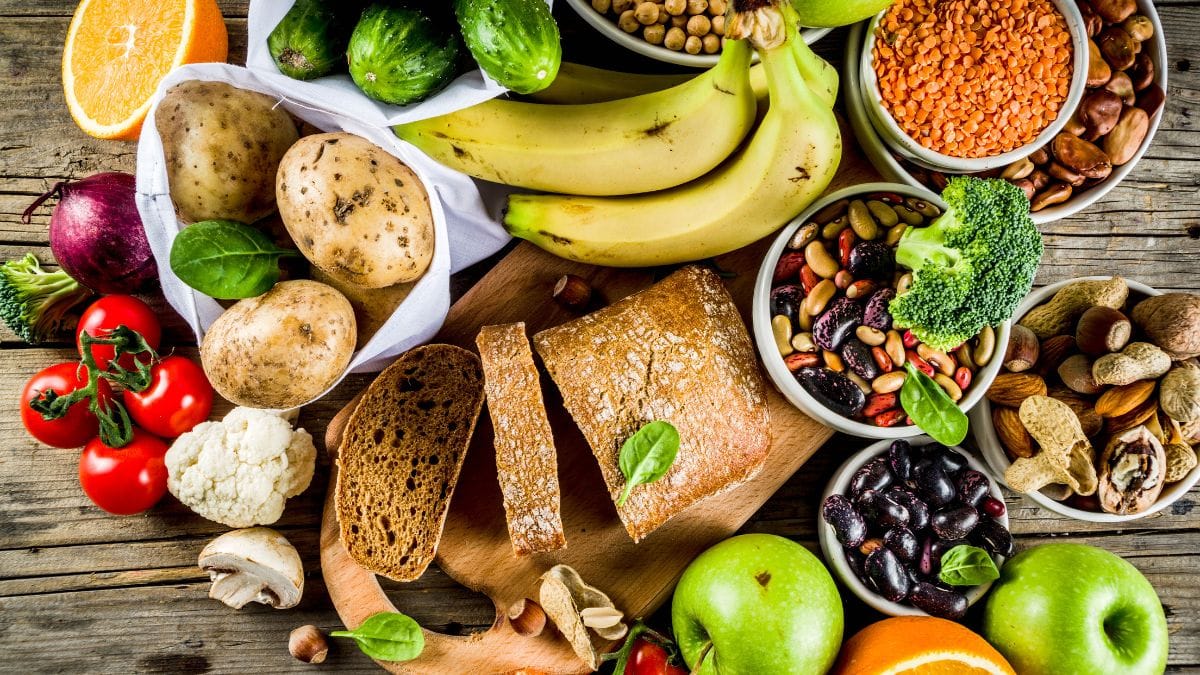Short Answer: Spinach is slightly acidic to neutral with a pH level of about 5.5 to 6.8.
It has health benefits and risks depending on how you eat and store it.
Spinach is a leafy green vegetable that grows in temperate and subtropical regions.
It has a dark green color, a mild flavor, and a soft texture when cooked.
It is often used in salads, soups, pies, and casseroles.
The acidity or alkalinity of a food is measured by its pH level, which ranges from 0 to 14.
A pH of 7 is neutral, while a pH below 7 is acidic and a pH above 7 is alkaline.
The pH level of a food can affect its taste, shelf life, and health benefits.
Spinach has a pH level of about 5.5 to 6.8, which means it is slightly acidic to neutral.
This is because it contains oxalic acid, a natural compound that binds to minerals and lowers the pH.
However, cooking spinach can reduce its oxalic acid content and make it more alkaline.
Eating spinach can have both positive and negative effects on your health.
On one hand, spinach is rich in iron, calcium, vitamin C, and antioxidants, which can benefit your blood, bones, skin, and immune system.
On the other hand, spinach can also contain high amounts of nitrates, which can increase the risk of nitrate poisoning, especially in infants.
Spinach can also interfere with the absorption of some minerals, such as iron and calcium, due to its oxalic acid content.
You can eat spinach raw, cooked, dried, or preserved.
You can also make spinach juice, smoothie, or pesto.
However, you should be careful of potential hazards, such as allergies, pesticides, or spoilage.
You should wash spinach thoroughly before eating, and avoid eating too much raw spinach, as it can cause digestive problems.
You can store spinach in a cool and dry place for up to a week.
Do not store spinach in a warm or moist place or with other fruits or vegetables that may affect its quality, such as apples, bananas, or tomatoes.
Finally, remember, spinach is a nutritious and versatile vegetable that can be enjoyed in moderation.
It has many health benefits, but also some risks, depending on how you eat and store it.



